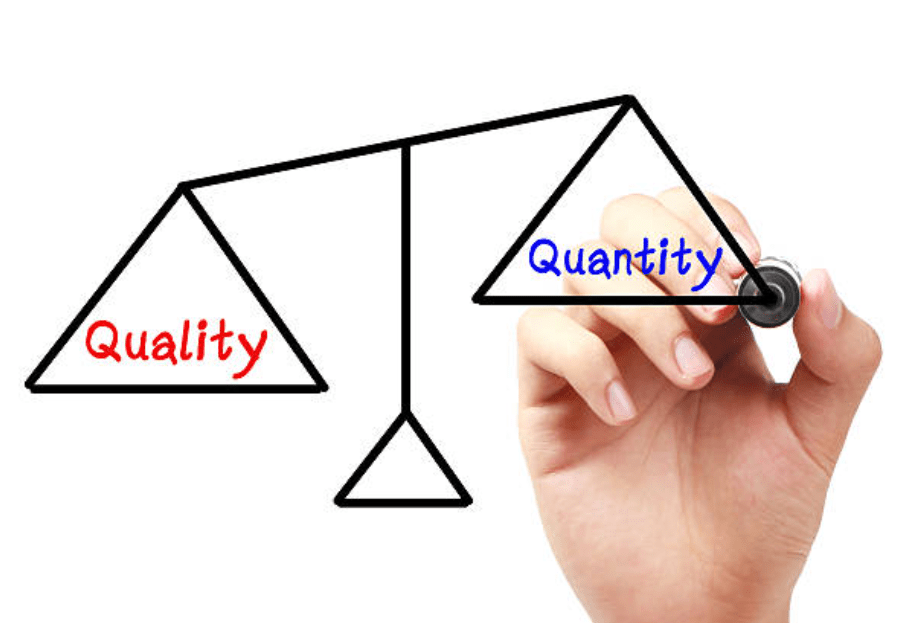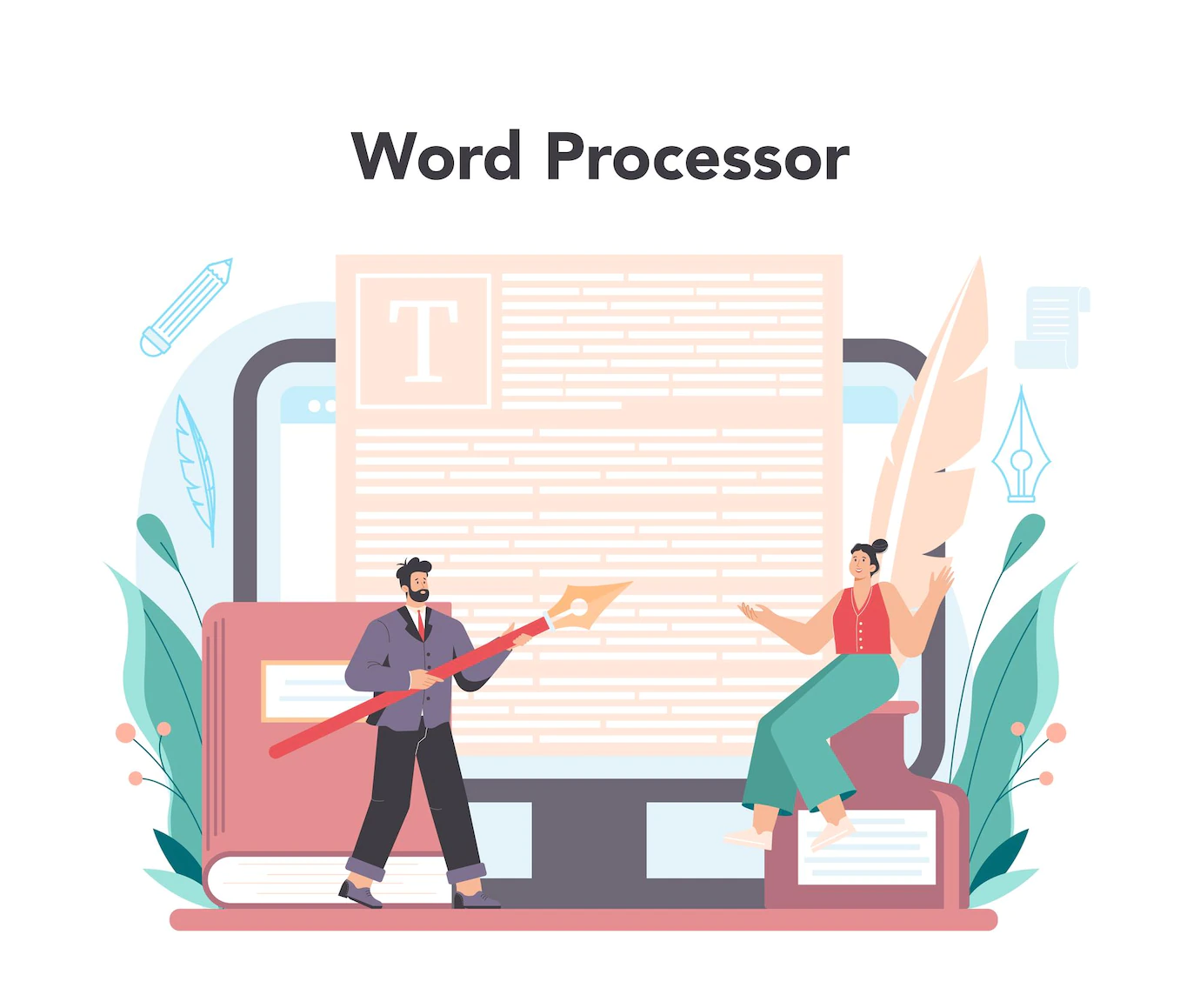The landscape of content marketing is always changing. What worked last year may not work this year, and what works this year may not work next year. So, what do B2B content marketers need to know in order to stay ahead of the curve? Here are four things you need to keep an eye on in 2023.
1. The Rise of Chatbots and Voice Assistants
As artificial intelligence (AI) continues to evolve, we can expect to see more businesses using chatbots and voice assistants to interact with customers and prospects. In fact, Gartner predicts that by 2025, 85% of all customer interactions will be managed without human intervention. This means that B2B content marketers will need to create content that is optimized for chatbots and voice assistants, such as how-to guides, FAQs, and product descriptions.
2. The Growth of Visual Content
While textual content will always be important, we are seeing a shift toward visual content, such as videos, infographics, and images. This is due in part to the fact that people are now consuming more content on their mobile devices than ever before. In fact, Cisco predicts that by 2022, mobile video will make up 78% of all mobile traffic. As a result, B2B content marketers will need to create more visual content in order to capture and hold their audience’s attention.
3. The Proliferation of Micro-Moments
Micro-moments are defined as “intent-driven moments of decision-making and preference-shaping that occur throughout the entire consumer journey.” In other words, they are the moments when someone decides what they want or need—and who they want to buy it from. Google has identified four main types of micro-moments: I-want-to-know moments, I-want-to-go moments, I-want-to-do moments, and I-want-to-buy moments. As a result of the pandemic, we have seen a significant increase in all four types of micro-moments as people seek out information about everything from where to find essential goods and services to how to stay healthy and safe.
4. The Increasing Importance of Data Privacy
Data privacy has always been important but it has become even more so in recent years due to high-profile data breaches and the introduction of regulations like the General Data Protection Regulation (GDPR) and the California Consumer Privacy Act (CCPA). As a result of these regulations, businesses must now take extra steps to protect the personal data of their customers and employees—and this includes ensuring that any third-party service providers they use also have robust data privacy policies in place.
5. The importance of personalization
As the competition for attention online becomes more fierce, personalized content will become increasingly important in order to cut through the noise. In fact, according to one study, 72% of consumers say they only engage with marketing messages that are personalized to their interests. There are a number of ways you can personalize your content, such as using data from your CRM system to segment your audience and tailoring your messaging accordingly or using personalization tokens in your email marketing campaigns.
6. The power of employee advocacy
Employee advocacy is when employees share company-approved content on their personal social media channels. This is a powerful marketing tool because it allows you to tap into your employees’ networks and reach a wider audience than you would be able to on your own. Plus, since employees are sharing the content themselves, it comes across as more trustworthy than traditional advertising. To get started with employee advocacy, start by creating a social media policy for your employees and then training them on how to share company-approved content effectively.
7. The need for agility
In today’s ever-changing landscape, it’s more important than ever for businesses to be agile—that is, able to adapt quickly to change. This means having a flexible content marketing strategy that can be easily tweaked or completely overhauled as needed. For example, if you normally create long-form blog posts but find that people are losing interest halfway through, try experimenting with shorter formats like listicles or infographics. Or if you find that your target audience is spending more time on Instagram than Facebook these days, adjust your social media strategy accordingly. Being agile doesn’t mean constantly changing everything—it just means being open to making changes when necessary in order to stay ahead of the curve.
8. Quality Over Quantity

In the past, it was all about quantity when it came to content marketing. The more blog posts, infographics, videos, etc. that you could produce, the better. However, that’s no longer the case. In today’s age of instant gratification, people are looking for quality over quantity. They want content that is informative, well-written, and relevant to their interests. So, if you’re still churning out low-quality content just for the sake of churning out content, it’s time to reevaluate your strategy.
9. A Variety of Content Types
Gone are the days when a blog post was enough to get your target audience’s attention. These days, you need to mix things up and provide a variety of content types if you want to keep people engaged. That might include anything from blog posts and infographics to eBooks and webinars. The key is to experiment and find out what kinds of content your target audience responds best to. Once you know that, you can create more of that kind of content and less of the stuff that doesn’t perform as well.
10. A Solid Distribution Strategy
Creating great content is only half the battle—you also need to make sure people are actually seeing it. That’s where having a solid distribution strategy comes in. There are a number of different ways you can get your content out there, but it’s important to choose the right channels for your particular target audience. For example, if your target audience is mostly on LinkedIn, then you’ll want to make sure most of your content is being distributed through that platform. Experiment with different distribution channels and track your results so you can see what’s working and what isn’t. Then adjust accordingly.
Also, Read:
- How To Do Content Marketing in the B2B World
- How to Scale Your Content Creation Efforts
- How to Succeed in Content Marketing
- How to Increase Your Sales Funnel Conversion Rate
- How Reading Fiction Can Improve the Quality of Your Content
Conclusion:
The landscape of content marketing is always changing but there are some constants—and those constants are quality content and a focus on the customer experience. By staying up to date on the latest trends and developments, B2B content marketers can ensure that their content is always relevant and engaging.















